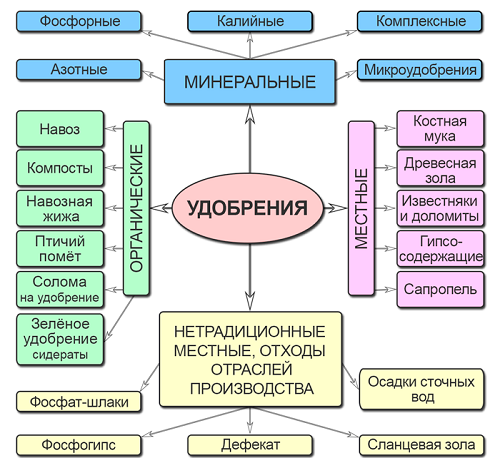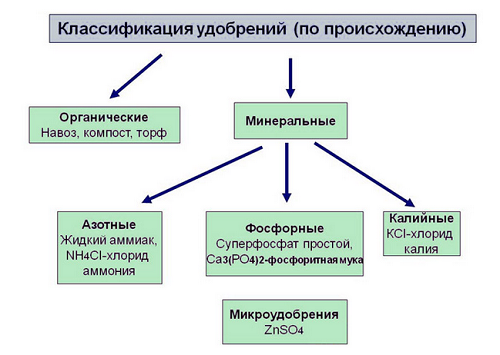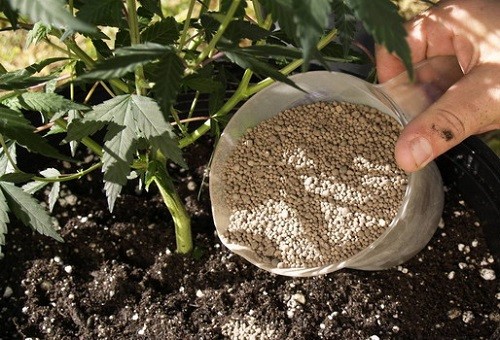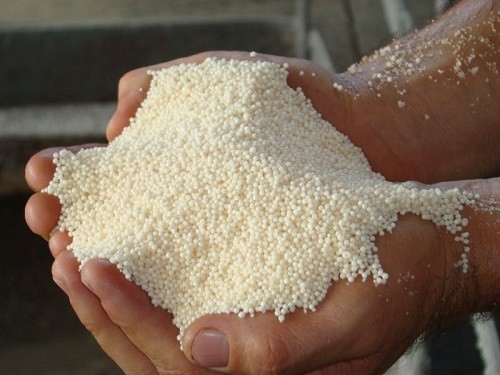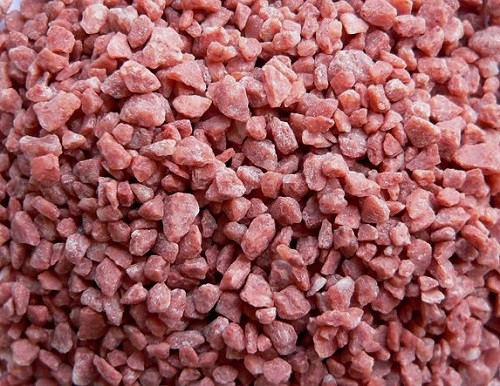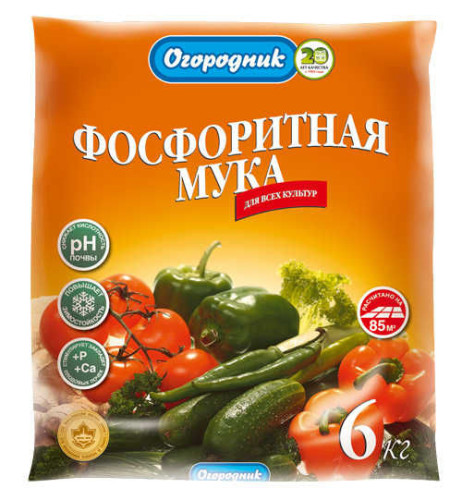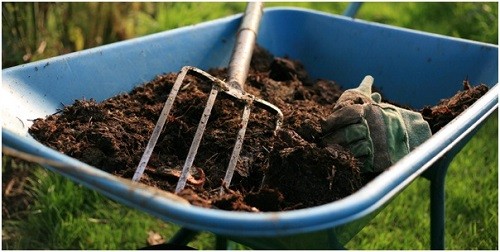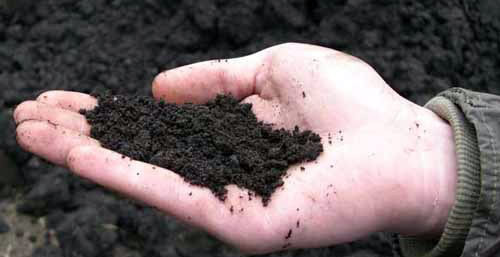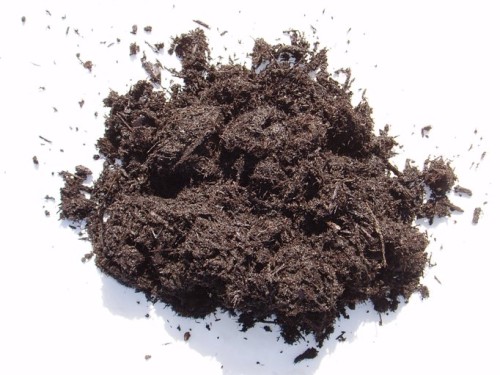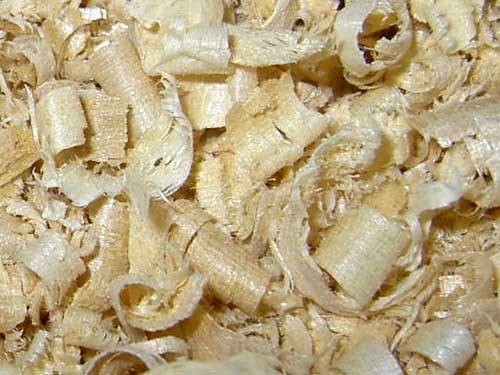
Types of fertilizers: classification, differences, dignity Useful advice,Plot.
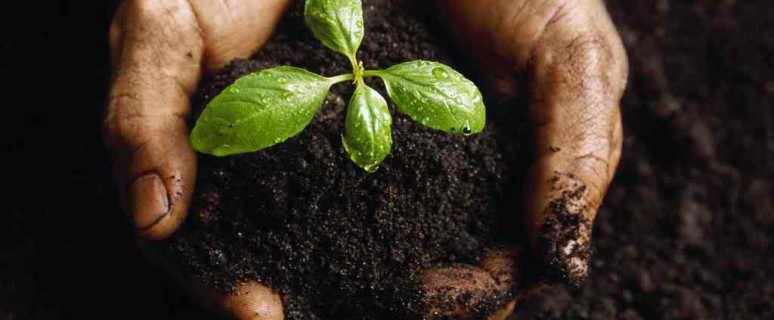
Each dacroom is known that without fertilizers it is impossible to receive stable rich yields. Fertilizers help plants to ripen much faster, make fruit juicy and useful, contribute to the accelerated soil reduction. There are many varieties of mixtures, each of which is characterized by its composition and specific use. In this article, we will consider the main types of fertilizers, their advantages and features of use.
Types of fertilizers
Regardless of whether you grow plants on your windowsill or have your own sector with beds and a garden, the use of fertilizers is an integral part of the process. To increase the soil fertility, many substances are used, which are determined by the initial composition of the soil, a variety of the plant you are going to grow, climatic conditions and your financial capabilities.
The main task of all fertilizers is to fill the reserve of missing substances in the soil for the growth of crops and crop maturation. Often, the land needs several important elements immediately, therefore special nutritious complexes are created, aimed at comprehensive enrichment.
There are two main fertilizer groups:
- Mineral.
- Organic.
Each of them is divided into a mass of subspecies depending on the substances used (nitrogen, manure, potassium, sulfur, etc.). The scheme "Fertilizer types", outlined below, clearly demonstrates all the variety and multidirectional compositions:
Mineral fertilizers
Fertilizers are components of inorganic nature and are actively used in C / x for several reasons. First, you can buy them almost in any store, and the low cost allows you to choose an option for any wallet. Secondly, mineral fertilizers have a rapid positive effect with a wide range of coverage. Thirdly, they are quite compact, and transported them very convenient and inexpensive.
As part of such "fast" feeding contains substances that have no carbon framework. Usually in inorganic fertilizers there are various mineral compounds, for example, acids, salts or oxides. Distinguish simple and complex fertilizers. There are only one active ingredient in simple. They have a clearly directed impact. Sophisticated are more versatile and are able to cope with several problems immediately, for example, enrich the soil with a multitude of beneficial substances.
Nitrogen fertilizers
Nitrogen mixtures are characterized by excellent diffuse properties, due to which they quickly dissolve in liquids.
Such fertilizers in the ground are usually early in spring or at the end of winter. During this time, they have time to give the earth most of the beneficial components even before the plants begin to develop. But this general rule is not suitable for all cases, therefore, individual conditions should be taken into account when preparing a concentrated composition.
Ammonia fertilizers
Ammonia feeding includes more than 30% nitrogen. They are not recommended to be submitted to podzolic soils, since there is an insufficient amount of cations in the composition to nitrify nitrogen. This, in turn, negatively affects the useful characteristics of ammonia nitrate.
Selitra is perhaps the best fertilizer for potatoes. As it is grown in large volumes, it takes a lot of feeding. The cost of Selitra is rather low, which allows without significant costs to provide feeding the entire territory. At the same time, the yield grows by 40-50% in the first year after processing the soil, the immunity of potatoes is strengthened (tolerates frost, drought, is less affected by insects and diseases).
A unique feature of ammonia nitrate is its ability to influence the soil yet heavily. Some experienced daches scatter it right on the ungraining snow at the end of winter. It is possible to feed grapes and various berry bushes (gooseberry, currants) in March-April so that the plants do not feel nitrogen deficiency. In this particular case of the Selith even better organic additives that can "work" only in warm soil.
Important: Ammonia Selith is explosive, so during work and when stored, precautions should be observed. Get it from overheating and falling out of foreign impurities.
Nitrate fertilizers
Selith is sold in the form of white peas. It is used to enrich any non-salinous soils, except for chernozem. The nitrogen content in the nitrate composition is insignificant - up to 17%. For this reason, special technology should be used to release it - scatter a fertilizer for zyabi to spring plowing. Seliver has time to free up the sufficient volume of nitrogen for the germination of cultures and at the same time does not lose useful characteristics due to air interaction.
Important: Nitrate fertilizers are strictly prohibited to use in greenhouses. Also, they are not recommended to store for a long time, because they lose useful properties.
If there is light soil on your site, sodium saltper should be made in early spring by the row. If heavy loam, processing is carried out in the middle of autumn. Today in the domestic market you can find only one species of Selitra - "Selith Sodium Technical Mark CX".
Amid fertilizers
Amid fertilizers are created mainly from nitrogen and, depending on additional substances, have different impacts.
Distinguish several varieties:
- Urea or nitrogen carbamide - nitrogen content reaches 45%. There are a high concentration of nitrogen when entering the surface of the Earth, it almost instantly turns into carbon dioxide ammonium. For this reason, fertilizer should be immediately plugged into the ground. Most often urea is used in liquid form, because it is as reliably fixed in the soil.
Urea prevents the appearance and treats nitrogen deficiency in plants. It is most often used for the cultivation of tomatoes, since it not only contributes to their active growth, but also improves the taste qualities of fruits.
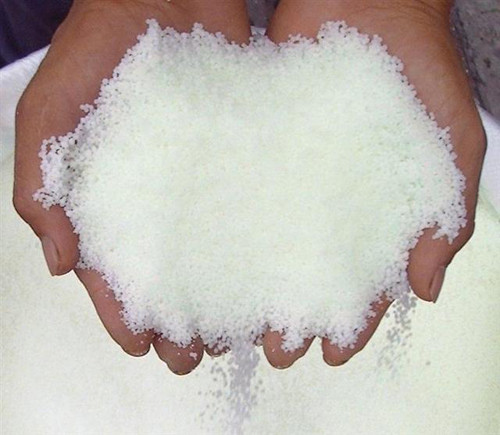
- Calcium cyanamide is a substance obtained as a result of finding calcium carbide in a nitrogen atmosphere. The percentage of nitrogen is 19%, so the release proceeds extremely slowly, and fertilize the soil follows in late March. Fertilizer effectively on a podzolic ground, because it contains lime. The release form is a lightweight powder with a specific kerosene smell. When used, precautions should be observed - to wear thick rubber gloves, respirator and safety glasses.
Potash fertilizers
There are several types of potash fertilizers depending on the percentage of potassium in the composition:
- Potassium chloride contains the greatest concentration of potassium - 50%. It should be made in autumn during the rescue, since chlorine will go to the lower beds of the soil, and its exposure to plants will later be minimal.
- Potassium sulfate is designed for crops with a strong deficiency of potassium. It does not have powerful impurities like chlorine, magnesium and sodium. This fertilizer is best suited for feeding cucumbers. Potassium percentage is 46%.
- Potash salt is small crystals of "rusty" color and is used to feed all varieties of berry crops. It is added to a gentress in front of the autumn polarity at the rate of 150-200 g per square. m.
Phosophore fertilizers
Types of phosphate fertilizers:
- A simple superphosphate is an inorganic mixture containing 20% \u200b\u200bof the forsfora anhydride. It is considered the best mixture for any soil with phosphorus deficiency. It should be added depending on the moisture of the Earth. If the earth is very wet, you can make a simple superphosphate as a bait as plants grow.
- Double superphosphate - fertilizer with a higher concentration of nutrients than in simple superphosphate. It is more economical because it does not contain ballast components like Caso4, as in the previous case. The forsfora content may vary from 32% to 46%.
- Phosphorite flour - standards for the production of this fertilizer are not changed for more than 40 years. Used to increase plant resistance to negative environmental changes on acidic soils, improving winter resistance. Contains at least 19% phosphorus and about 35% calcium.
Complex fertilizers
The complex inorganic mixtures includes many useful components that can return to the life of the plant, strengthen their immunity, develop fertility.
Types of complex fertilizers:
- Nitroammofoska - equal amount of nitrogen and phosphorus. It is best suited for a clay type in the middle of autumn, for sandy soils - early spring to plowing.
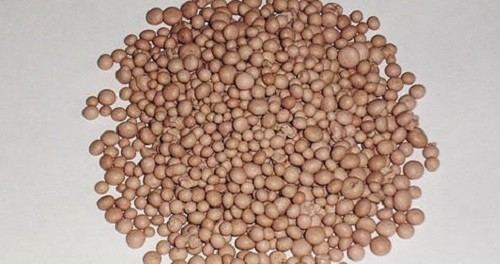
- Nitroposka is a complex consisting of 3 elements: sodium, phosphorus and potassium. Used as a major feeding for almost all garden plants. The release form is small water-soluble balls. It should be added to the soil during the sowing and during the growing season. Perfectly suitable for tomatoes, cucumbers, potatoes (without chlorine).
- Ammophos - includes potassium, magnesium and phosphorus and can be used not only in the open plot, but also in greenhouses. The composition is present, which distinguishes this fertilizer from predecessors. The main advantage is the lack of sodium and chlorine. Release form - small light crumbly granules. It is used as feeding a multidirectional action. Especially good ammonophos for colors.
- DiammoFos - consists of potassium, nitrogen, phosphorus and additional elements of the flora. Universal diverse impact allows it to use it for all soils. Release form - small pink granules. Completely does not affect the acidity of the Earth due to neutral pH. Suitable for tomatoes, if you enter in a period of flowering.
Organic fertilizers
The compositions obtained as a result of natural natural processing processes of organic processing (feces, peat, vegetable humid, bird litter, etc.) are called organic. In such fertilizers, there is a colossal concentration of nutrients in various ratios, so it is necessary to use them in small doses so as not to harm plants.
Manure fertilizer
The most popular and affordable fertilizer. Depending on its quality and soil characteristics, the portion of adding to the ground can be 6-10 kg per square meter. m. Often, manure is used with a compost or diluted with water.
Navigasses fertilize plants during vegetation. It should be breeding with water 1: 5, and to improve the fertilizer efficiency, some superphosphate should be added (approximately 40 g per 10 liters).
The underlining manure is formed by the result of mixing liquid and solid livestock selections. It helps to significantly improve the physicochemical characteristics of the Earth, making, for example, a sandy layer is more stable or clay - loose. Also reduces the acidity of the Earth and normalizes its aqueous and aerobic modes. The value of the underlining manure is determined by the animal, which produced it, the quality of feed, as well as the method of storage. The best fertilizer is the products of the life of horses, the sheep are in second place, then cows and pigs.
Comfort fertilizer
Compost is obtained as a result of decomposition of a variety of organic garbage - leaves, peel, husks, fish bones, meat, etc. Many dackets do on the plot of compost pits, where the layers fold waste to the ground with the Earth, after which they leave everything to rot for a year or longer. Every year, all layers must be flocked to get a homogeneous quality compost.
Fertilizer humus
It looks like a dark brown loose mass and is obtained as a result of the expansion of manure. Fertilizer characteristics are distinguished from other species, since the humus contains the largest number of useful elements. Accordingly, it has the highest helpful indicators. However, so that the humus has retained useful qualities, it must be stored properly. The optimal option is to fold the fertilizer with stacks. It is necessary to put a 25-centimeter peat layer on the thick soil, then pour out the manure and the tamper in a stack with a thickness of about 2 m. Then to fall asleep the ground by 25 cm.
Fertilizer bird litter
In the litter of birds contains a very high concentration of nutrients. It can be used for any soil species, while the litter of birds is much more efficient even the highest quality manure. It should be added as evenly uniform. If it is necessary to make a liquid feeding of a separate plant, spread litter in the water in the proportion of 1:10. Keep the same way as in the previous case, however, it will be useful to add peat and dend in a 1: 2 ratio.
Fertilizer peat
Beautiful natural fertilizer saturated with nitrogen. The main drawback of the peat is the lack of potassium and phosphorus, so it is recommended to be mixed with inorganic fertilizers, feces, manure or alien. Peat serves to fertilize plants and to enrich Earth.
Fertilizer wood sawdust
Wood sawdust are excellent loose material. They are well kept moisture and air enriching the soil. They should be made at Popile with inorganic fertilizers, dosing 3 buckets per 1 square meter. m. If not to add mineral mixtures, sawdust can mineralize and pick up all nitrogen from the soil, lowered its fertile characteristics. Accordingly, when leaning, mineral fertilizers with a high share of nitrogen should be added.
The rational use of several types of fertilizers will help you every year to receive excellent crops of any cultures without the risk of soil depletion.




